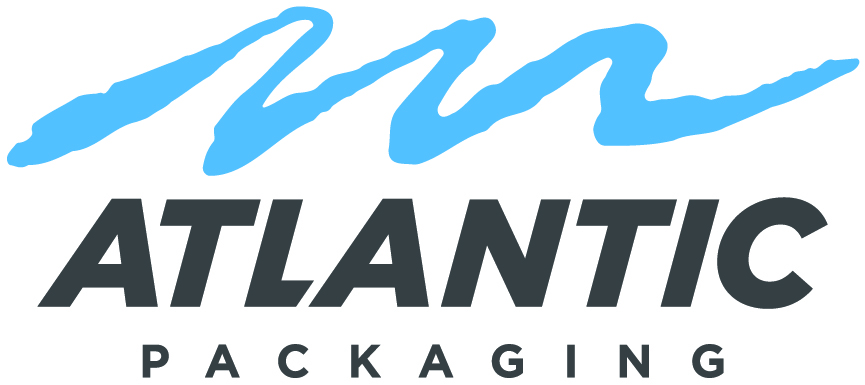Sustainability in packaging comes in many forms. We’ve discussed how using high performance film with proper application actually reduces the amount of film used and eliminates damage to your products in transit (See: How to Use Less Stretch Film for Better Sustainability)
When you can reduce the amount of film used and eliminate product damage, you reduce waste and improve sustainability.
Another way we’re seeing improved efforts in sustainable packaging is through cube efficiency of a trailer.

Manufacturers want to move the most amount of product in a single trailer load as possible when they’re shipping out to retailers. This cuts down on the number of trucks they need which reduces the amount of gas needed and cuts down on CO2 emitted, both desired for sustainability. This approach is also less expensive, more logistically efficient, and keeps their inventory in-stock.
Manufacturers have traditionally optimized the floor footprint of the trailers, filling full truckloads wall-to-wall to achieve this efficiency. But a new development we’re seeing in cube efficiency is to optimize to the height capacity of the trailer. This is especially true for more lightweight products that can be stacked higher without damaging the bottom layer.
These higher loads present a whole new challenge to the industry that we haven’t seen before. Now, the center of gravity has changed, the way that the load is going to perform has changed, the way they handle the energy of the acceleration and deceleration movements has changed.
At the Packaging Solution Center, we now have a stretch wrapper with a 112″ wrap height. So we’re able to test, re-test, and verify wrapping solutions that help customers understand and solve all these new challenges associated with taller loads.
Our goal is to help to our customers achieve efficient, cost-saving, logistically optimized, sustainable solutions with their packaging. We do that by understanding their goals, then testing, and verifying solutions that overcome challenges and let them pursue new and different approaches in packaging.
